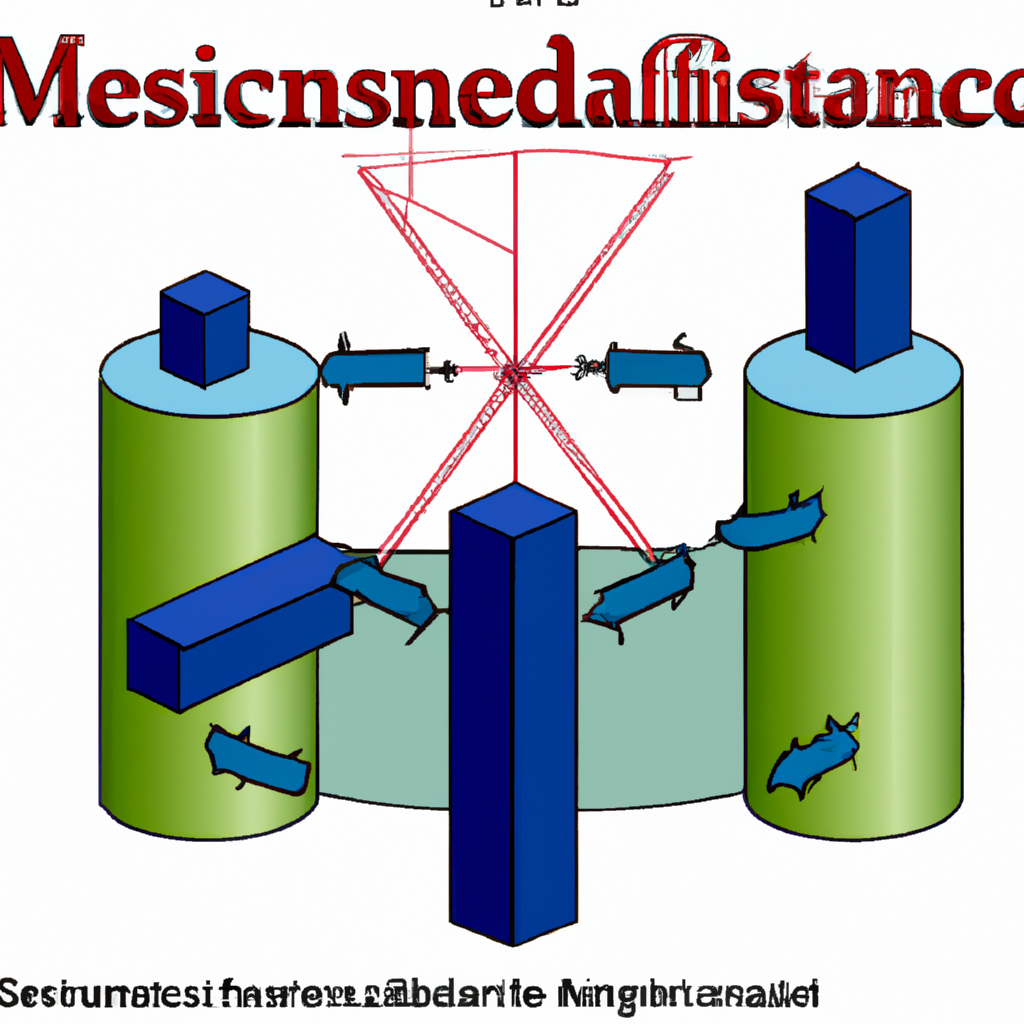
Vector Mechanics - Module 5 - Distributed force systems - Centre of Mass
$ 29
Basic course for beginners
Anytime Learning
Learn from Industry Expert
Career Option Guideline

Vector Mechanics - Module 5 - Distributed force systems - Centre of Mass
Trainers feedback
0
(0 reviews)
Course type
Instructor led live training
Course duration
-
Course start date & time
Coming in Next Month
Language
This course format is where trainer will explain you the subject via online live session. Date and time are not decided yet but it will be planned within next 2 weeks after you enroll & pay for this course?. Get in touch with our team if any clarification is required.
Course details
Generally when we advance in our profession, we forget the basics of engineering. This may hamper our professional excellence. This course is designed to review the basics of vector algebra for professionals, senior undergraduates and postgraduates.
Vector algebra is a very essential mathematical tool in area of study such as structural analysis, computational fluid mechanics, Robotics, optics, heat transfer, graphics, electromagnetism and many more areas.
Course suitable for
Oil & Gas Aerospace Automotive Energy & Utilities Marine Mechanics & Turbomachinery Rail & Transport All Discipline
Key topics covered
Training details
This is a live course that has a scheduled start date.
Live session
Why people choose EveryEng
Industry-aligned courses, expert training, hands-on learning, recognized certifications, and job opportunities—all in a flexible and supportive environment.
- Industry Veteran
- Trainer Review
$ 29
- $ Early bird discount
Coming in Next Month
Questions and Answers
A: The Center of Mass (COM) of a body is the unique point where the distribution of mass is balanced in all directions, essentially the average location of the entire mass. When considering distributed forces such as weight, which acts due to gravity on every part of a body's mass, this force can be considered to act at the COM. This simplifies analysis because the weight distribution is replaced by a single resultant force at the COM. Calculating the COM involves integrating the position vector weighted by mass density over the volume of the object. For more information about the center of mass concept and calculations, please refer to https://www.khanacademy.org/science/physics/linear-momentum/center-of-mass/a/what-is-center-of-mass.
A: A distributed force system refers to forces that are spread out over a certain area or length rather than acting at a single point. Examples include pressure over a surface or weight distributed along a beam. These forces are typically represented using load distributions such as uniform, triangular, or trapezoidal loads. The total effect of a distributed force is usually replaced by an equivalent resultant force acting at a specific point, often found by calculating the centroid of the distribution. For more detailed explanations, you can visit https://openstax.org/books/engineering-mechanics-statics/pages/5-3-distributed-forces.
A: To find the resultant force of a distributed load, you first calculate the area under the load intensity diagram, since the load intensity typically varies along the length or area over which it is applied. This area represents the magnitude of the resultant force. Then, the point of action of this resultant force is located by finding the centroid of the load distribution shape. For simple shapes, centroid location formulas are straightforward: for example, the centroid of a uniformly distributed load is at its midpoint. More complex shapes might require integration. Detailed methods can be found at https://www.engineeringtoolbox.com/centroid-distribution-loads-d_945.html.
A: For irregularly shaped objects where simple geometric formulas do not apply, the center of mass is determined through integration across the object's volume or area, considering the density distribution if it's non-uniform. Alternatively, experimental methods such as suspension or balancing can provide practical ways to locate the center of mass. Computational tools like CAD software often have built-in functions to compute the center of mass for complex shapes. For mathematical treatment and examples, the reader may consult https://ocw.mit.edu/courses/physics/8-01-classical-mechanics-fall-1999/lecture-notes/lecture_9.pdf.
A: In beam analysis, distributed loads cause bending and shear forces. To simplify the calculations, engineers replace the distributed load by a single equivalent force, identical in effect. The location of this force is crucial—it is placed at the centroid of the load distribution. This allows for accurate determination of moments and reactions at supports. Without locating this centroid properly, the structural analysis would be incorrect, possibly compromising safety. For more detailed examples and calculation techniques, you can refer to https://www.engineeringtoolbox.com/distributed-load-d_949.html.
A: The centroid of a composite area is found by dividing the area into simpler shapes whose centroids are known or can be easily determined. For each shape, you calculate the area and the location of its centroid. Then, you use the principle of moments to find the total centroid by taking a weighted average of the individual centroids, where the weights are the areas of the shapes. Mathematically, for the x-coordinate of the centroid: x̄ = (Σ A_i x_i) / (Σ A_i), and similarly for the y-coordinate. This method is crucial in distributed force systems to locate resultant forces accurately. A practical guide with examples can be found at https://structville.com/centroid-of-composite-shapes/.
A: If an object has non-uniform density, its center of mass shifts toward regions with higher density because those areas contribute more to the overall mass. During calculation, the density function ρ(x,y,z) must be included inside the integral to weigh the position vector appropriately. This may complicate computations, especially if density varies non-linearly. Advanced techniques involving multiple integrals or numerical methods are typically used in such cases. An introduction to this topic is provided at https://courses.lumenlearning.com/boundless-physics/chapter/center-of-mass-for-continuous-mass-distributions/.
A: Distributed loads are typically represented graphically as load intensity diagrams showing how the load varies over length or area (e.g., uniform, triangular, trapezoidal). For analysis, these distributed loads are replaced by a single equivalent resultant force whose magnitude is the area under the loading diagram, acting at the centroid of the load distribution. This simplification reduces complex load distributions into manageable point forces, enabling easier calculation of reactions, moments, and stresses. See https://www.grantadesign.com/instruction/beamloader.pdf for comprehensive explanations.
A: The principle of moments states that the moment of the resultant force about any point is equal to the sum of the moments of all individual forces about the same point. In distributed force systems, instead of summing infinite small forces, engineers use the resultant force located at the centroid of the distribution to find the total moment. This simplifies calculations for equilibrium and structural analysis. For step-by-step applications and examples, visit https://www.toppr.com/guides/physics/statics/principle-of-moments/.
A: The centroid is the geometric center of a shape and is defined purely by geometry, assuming uniform density. The center of mass, however, considers the mass distribution, which includes variations in density. For uniform density objects, the center of mass and centroid coincide, but for non-uniform density bodies, the center of mass differs from the centroid. Understanding this distinction is crucial when analyzing distributed forces where density variations exist. More insights can be found at https://www.grc.nasa.gov/www/k-12/airplane/centmass.html.
More from Same Author
- Technical Courses
- Articles
1470
Online
Live courses
Online
Live courses
Interacting with trainer
1118
Online
Live courses
Online
Live courses
Interacting with trainer
2326
Offline
Fixed location
Offline
Fixed location
In person participation
Earning and Growth option in same Industry Domain
- Pre-recorded
- Online live session
- Offline
- Articles
209
3
E-Learning
Unlimited access
E-Learning
Unlimited access
Pre-recorded videos
97
1
E-Learning
Unlimited access
E-Learning
Unlimited access
Pre-recorded videos
259
1
E-Learning
Unlimited access
E-Learning
Unlimited access
Pre-recorded videos
More Training & Development option to expand your reach
- Technical courses
- Soft-skills courses
- Seminars
- Articles & Blogs
757
2
Online
Live courses
November 16
30 Hrs
Advanced
Online
Live courses
Interacting with trainer
166
Online
Live courses
December 27
30 Hrs
Advanced
Online
Live courses
Interacting with trainer
409
Online
Live courses
January 24
45 Hrs
Advanced
Online
Live courses
Interacting with trainer























